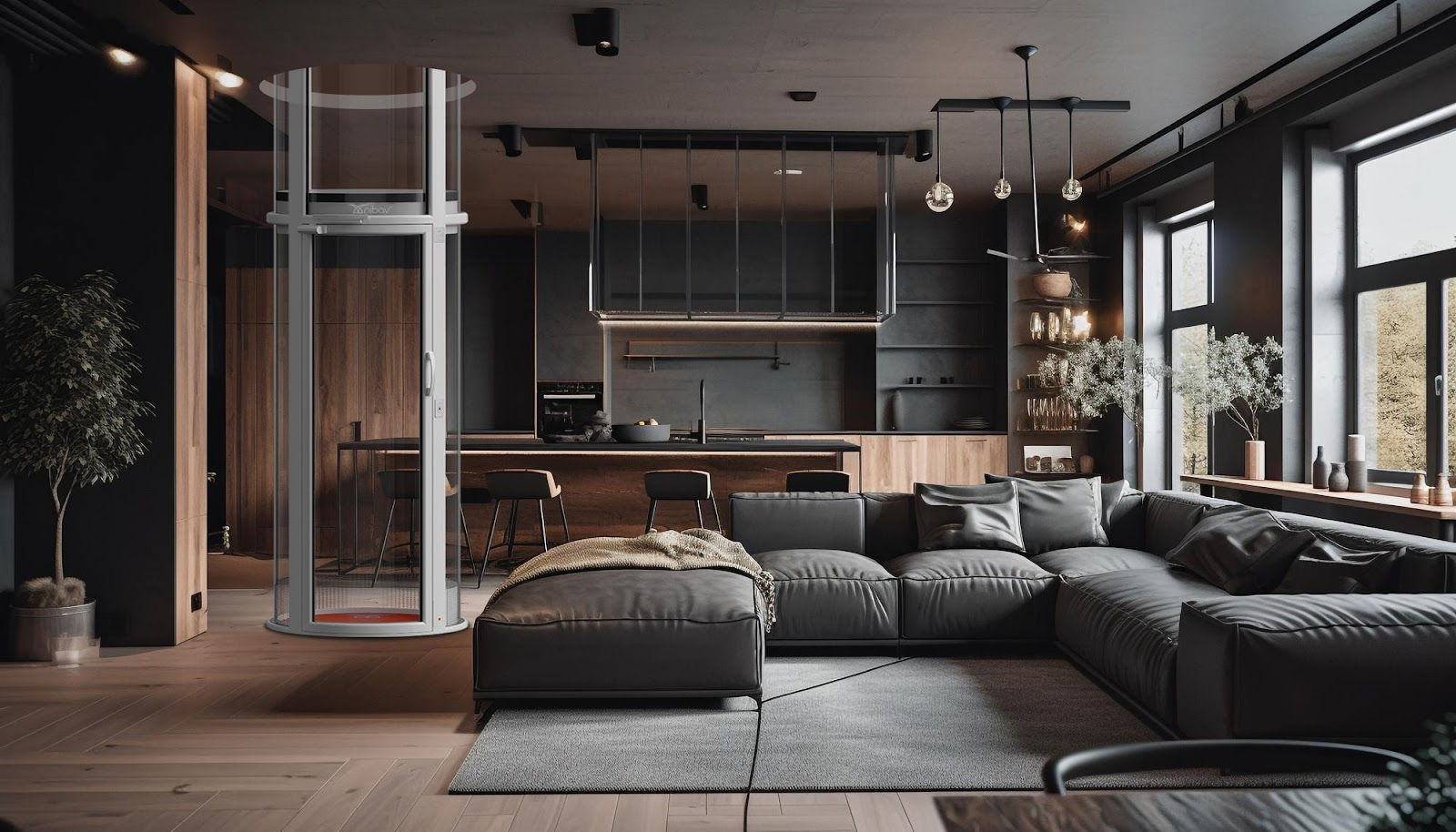Residential elevators, once considered a luxury feature or a necessity only in multi-story homes occupied by those with mobility issues, are becoming an increasingly popular element in home design. Their integration into residential structures is not only altering the physical layout of homes but also transforming family dynamics in profound ways. Below, we explore how these modern conveniences are redefining living spaces and family interactions.
Breaking the Barrier of Traditional Home Design
Traditionally, home design has been constrained by the necessity to link floors through staircases, often resulting in lost living space and a fixed structure that can dictate the flow and function of a home. Luxury residential elevators are changing this landscape by offering an alternative that can free up space and introduce a greater level of flexibility in home design. Architects and builders now have the liberty to innovate without the limitations of stair placement, opening up possibilities for more creative and adaptable layouts. This shift allows for the design of homes that can evolve with the needs of their occupants, accommodating changes in family structure or mobility over time.
Enhancing Accessibility and Comfort
One of the most significant impacts of residential elevators is the increased accessibility they provide. For families with elderly members or those with disabilities, elevators offer a new level of independence and ease of movement. This accessibility extends the time families can spend together in their homes, delaying or even eliminating the need for alternative living arrangements as mobility becomes an issue. Moreover, the convenience of an elevator can enhance the daily lives of all residents by simplifying tasks like moving laundry or groceries between floors, thereby reducing the physical strain associated with multi-level living.
Transforming Family Dynamics
The inclusion of elevators in homes is also transforming family dynamics. By removing the physical barriers between floors, these devices encourage more interaction among family members. In homes without elevators, family members may gravitate towards spending time on the floor where their bedrooms are located to avoid the inconvenience of stairs. However, with the ease provided by elevators, there is a greater incentive for family members to move freely between floors, promoting more shared experiences and interactions. This can lead to stronger family bonds and a more cohesive home life.
Fostering Multigenerational Living
As the trend towards multigenerational living grows, the role of residential elevators in facilitating this arrangement becomes increasingly important. Elevators make it feasible for older family members to stay in their homes or move in with relatives, providing a practical solution to their mobility needs. This arrangement can offer emotional and financial benefits, as families can share resources and caregiving responsibilities. Moreover, it allows for a richer family life, where children can grow up with the influence of grandparents or other extended family members within the same home.
Conclusion
Residential elevators are much more than a mere convenience; they are transformative elements that are redefining the essence of home design and family living. By breaking down physical barriers, they are creating homes that are more accessible, flexible, and conducive to fostering strong family connections. As technology advances and the cost of residential elevators becomes more accessible, we can expect to see them become a staple in home design, further influencing how we think about and interact within our living spaces. This evolution towards more inclusive and adaptable homes marks a significant shift in residential architecture, one that prioritizes the changing dynamics of modern family life.
